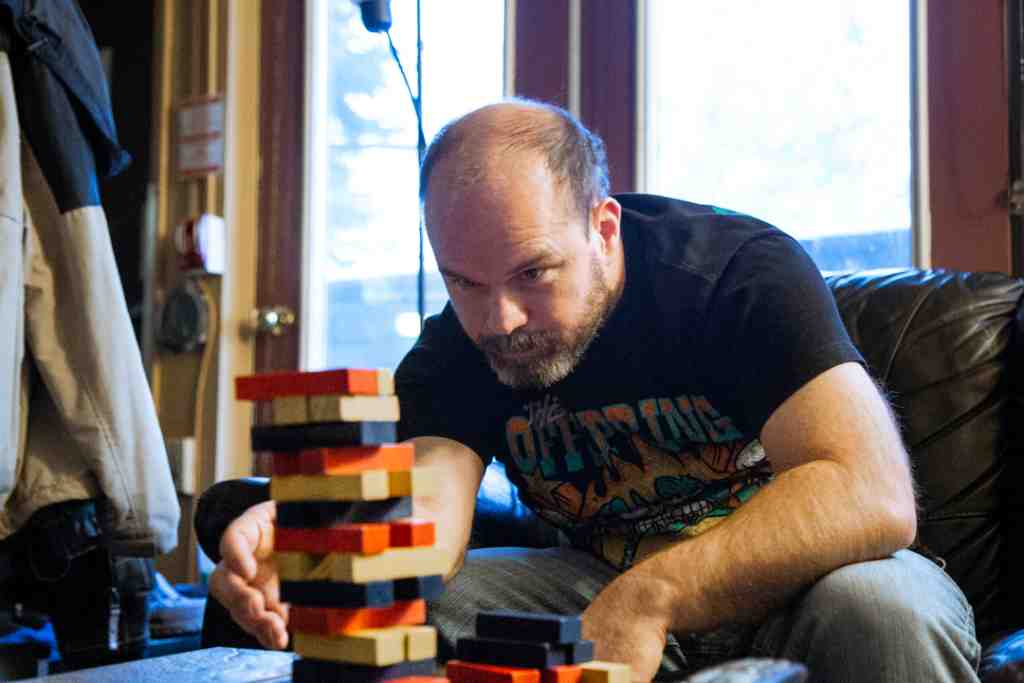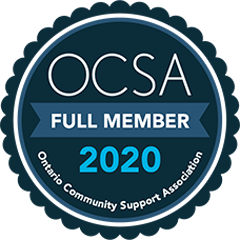Strategies to Assist Learning
Life after a brain injury is all about learning. But how do you learn when you can't pay attention, feel tired all the time, or remember what you did yesterday? Many of the things that were so easy before your injury may now be difficult and take a lot more effort.
You may now need to learn how to do things in a different way, such as:
- learn to get dressed with one arm/hand
- use a daily schedule as a reminder of what you are to do
- take rest breaks so you don't get exhausted
There are different ways of doing things (strategies), that will help you to learn the everyday activities you need to get on with your life. In order for a strategy to work it needs to be practiced and become a habit.
Throughout this website you will come across many strategies, ideas, and tips that may be of help to you.
All strategies need to have a good basic foundation so they can be most useful.
Learning Strategies
Rest
After a brain injury, you may become tired very easily. This is very common. This may last for a few weeks or months, or for the rest of your life. The brain needs rest to help with healing. The injured brain has trouble dealing with lots of activity and information. It needs a rest to keep things from becoming overwhelming.
It is important that you get enough rest each day. You may need naps during the day, and/or quiet time. Sometimes medication is needed to help with sleeping at night.
Slow Down
Slow down and give yourself extra time to complete tasks. Avoid deadlines, and work on one thing at a time at your own pace. You may also need extra time to think about and answer a question, to take part in a conversation and to respond to something you heard. It's OK to ask someone to repeat what has been said.
Simplify
It is important that activities and information be as simple as possible. Keep in mind problems you may have with memory, vision, movement, speech, etc.
Examples of simplifying at home:
- Ask the pharmacist to put your pills in a weekly "bubble pack"
- Keep your medicine in a place that is easy to see
- Use only one calendar or day timer
- Do not put too much information on a calendar or day timer
- Use a simple reminder list
- Use a grocery list when you go to the store
- Stay away from big, crowded supermarkets, and shop at the quietest time of the day
- Turn off the radio or TV when having a conversation
- Remove clutter in your home to make it easier to find things
- Read short articles (i.e. in magazines) rather than trying to read books
Repetition, structure and consistency
Repetition: We all learn the best if information is repeated many times. This is even more important after a brain injury. Lots of practice and lots of repetition is needed to learn new things.
The best way to do this is to make what you are trying to learn part of your usual daily activities. For example, if you are learning to prepare a meal then practice this at lunch or dinner time. Or, if you are learning one handed dressing techniques, then practice at the time you would normally get dressed.
Watch out for getting too tired - take a break if you feel tired.
Structure: You may have trouble organizing your schedule. Life may be very confusing. It will help to have a daily and weekly structure and routine.
Consistency: Be consistent. Do things the same way each time. It is very hard to learn something new if you are not practicing in the same way each time.
Examples of repetition, structure and consistency:
- If you are learning how to transfer from your bed to the wheelchair: use the same technique each time, and make sure it is done the same way by everyone (consistency and repetition)
- Go to bed and get up at the same time each day (consistency, structure)
- Keep your keys, eyeglasses etc. in the same place each time (consistency, repetition)
- Set up a schedule with activities happening at the same time each week, for example swimming Mondays and Wednesdays (consistency, repetition)
- Go through the same steps each time for making breakfast, lunch etc. (repetition, structure, consistency)
Use of compensatory strategies
It often helps to use "compensatory strategies" to be safer and more independent. These types of strategies can be used while you are re-learning how to do things for yourself. This will not make you lazy, nor will it stop you from learning to be more independent.
You can stop using the compensatory strategy when you don't need it any more. Many people find they may use a strategy for a long time, sometimes for the rest of their lives.
People who do not have brain injuries also use compensatory strategies in their daily lives. It makes life simpler. They may use lists, daytimers, or schedules. It would be exhausting trying to remember and keep track of everything without using some type of strategy.
Examples of compensatory strategies:
- A wheelchair for the person who cannot walk
- A day timer or calendar for the person with trouble remembering
- Photos put on the outside of kitchen cupboards showing where things are stored, for the person with poor memory or trouble reading
- A watch showing the date and day of the week, for the person who cannot remember
- A weekly schedule posted on the wall or fridge, for the person who has trouble with organization or remembering a schedule
- A ramp for the person who has trouble going up stairs
- Use of taxis or Para Transpo
- for the person who is unsafe taking the bus
- Reminder lists for the person who has poor memory
Remember that you will need repetition, structure and consistency to learn how to use a compensatory strategy! Also, the simpler the strategy the better.
Articles For Families
Alcohol & Substance Abuse
Information about the effects of alcohol and drug use on the brain and getting help and support.
Concussion
Describes common concussion symptoms, problems and how to get better.
Keep your Brain Healthy
It's all about preventing an injury, living a healthy life and finding ways to take care of your body, mind and spirit.
Sexual Health & Intimacy
Common questions from survivors and/or partners and families regarding sexual health & intimacy.
Strategies to Assist Learning
This article provides strategies, ideas, and tips that may help you continue to learn.
When Can I Drive Again
Describes what has to be considered to determine readiness to drive after a brain injury.
GETTING BACK TO WORK
Describes what has to be considered to determine readiness to return to work after a brain injury.
Brochure a l'intention des personnes atteinte
Les préoccupations de la Société de l'assurance automobile du Québec en matière de réadaptation existent depuis sa création en 1978. Consciente des difficultés que provoquent certains traumatismes graves sur le plan humain, la Société publie la présente brochure afin de venir en aide aux personnes qui sont aux prises avec les problèmes qu'entraîne un traumatisme cranio-cérébral.





